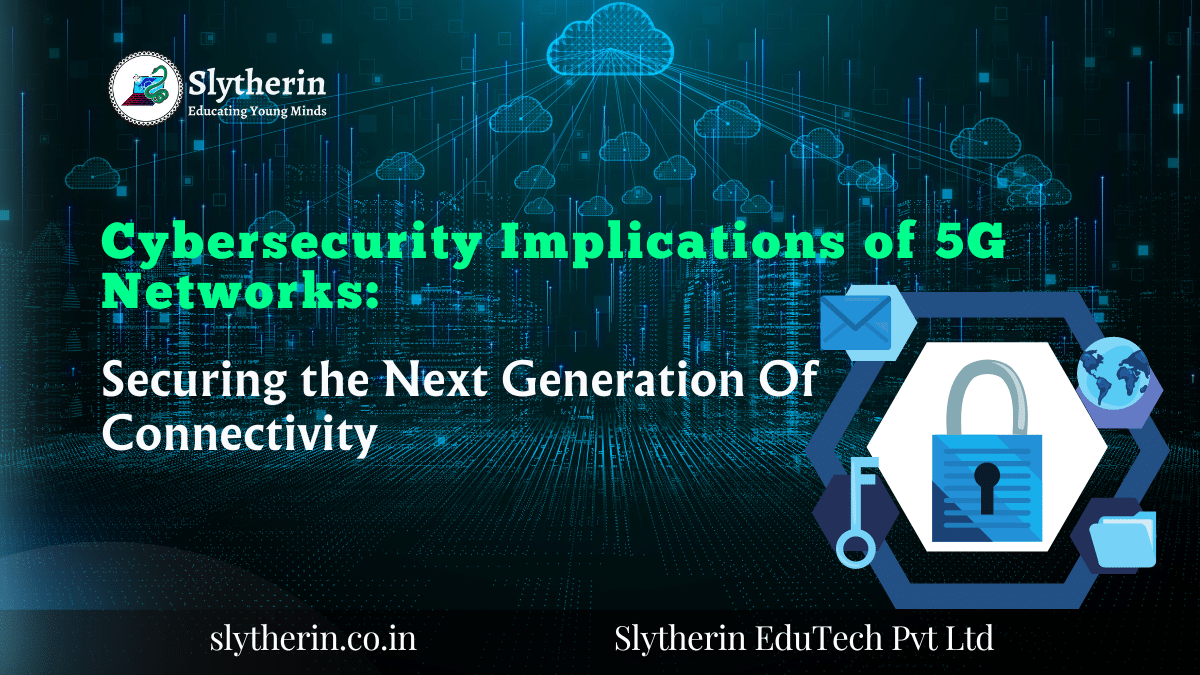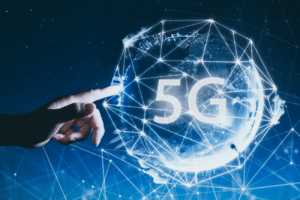Introduction
5G technology, which offers faster speeds, lower latency, and more capacity than ever before, promises to completely transform the way we connect and communicate. But the widespread deployment of 5G networks also brings with it new cybersecurity difficulties. This piece will address methods for safeguarding the upcoming generation of connectivity as well as the cybersecurity implications of 5G networks.
Understanding 5G Technology
After 4G LTE, 5G is the next generation of wireless technology. With its much faster speeds, reduced latency, and increased capacity, it’s perfect for applications like Internet of Things (IoT) and augmented and virtual reality. To achieve these gains, 5G networks combine several novel technologies, such as massive MIMO (Multiple Input, Multiple Output), millimeter-wave frequencies, and network slicing.
Cybersecurity Challenges of 5G Networks
Although 5G has many advantages, it also brings with it new cybersecurity risks. Among the principal difficulties are:
1. Increased Attack Surface: The increasing number of IoT devices linked to 5G networks expands the possible attack surface, giving hackers additional chances to take advantage of weaknesses.
2. Greater Complexity: With more connected devices and components, 5G networks are more complicated than those of prior generations. Their intricacy renders them more challenging to safeguard.
3. Higher Speeds and Lower Latency: Although users benefit from faster speeds and lower latency, this also increases the potential for more frequent and powerful cyberattacks.
Securing 5G Networks
A multifaceted strategy addressing the particular difficulties presented by 5G technology is needed to secure 5G networks. The following are some tactics for protecting 5G networks:
1. Implementing Strong Authentication: Verify the identity of users and devices connecting to the network by utilising robust authentication methods, such as multi-factor authentication or biometric authentication.
2. Encrypting Data: Encrypt data being sent over 5G networks to prevent hackers from intercepting or altering it.
3. Securing IoT Devices: Put security measures in place to shield Internet of Things devices from cyberattacks, such as frequent software updates and secure boot procedures.
4. Monitoring and Detection: To quickly identify and address security incidents, use tools for monitoring and detection.
Future Trends in 5G Security
Future developments in 5G technology are anticipated to have an impact on cybersecurity in a number of ways. Among them are:
1. Quantum-safe Cryptography: Quantum-safe cryptographic algorithms are becoming more and more necessary with the introduction of quantum computing to safeguard data sent over 5G networks against quantum attacks.
2. AI-driven Security: In order to better detect and address cyber threats, artificial intelligence (AI) and machine learning technologies will become more and more crucial to the security of 5G networks.
3. Zero Trust Security: 5G network security will increasingly use the idea of zero trust security, which holds that no user or device should be trusted by default.
Conclusion
Although 5G technology brings previously unheard-of speed and capacity, it also poses new cybersecurity risks. We can safeguard the upcoming generation of connectivity and realise the full promise of 5G technology by being aware of these obstacles and putting the right security measures in place.






